The constantly evolving world of technology has become an integral part of our lives, shaping our daily routines and revolutionizing industries. From artificial intelligence to virtual reality, the modern tech landscape is a fascinating spectrum of innovation and possibility. In this blog post, we will explore the dynamic facets of the tech industry and shed light on the groundbreaking developments that are reshaping our world.
Unleashing the Power of Artificial Intelligence
Artificial intelligence (AI) has been a buzzword in recent years, but its potential goes far beyond the hype. From virtual assistants like Siri and Alexa to self-driving cars, AI is becoming increasingly integrated into our lives. Machine learning algorithms allow computers to analyze vast amounts of data and make intelligent decisions, leading to advancements in fields such as healthcare, finance, and transportation. The future holds even more possibilities, with AI expected to transform industries like education, agriculture, and cybersecurity.
The Rise of Blockchain Technology
Blockchain technology has gained significant attention since the emergence of cryptocurrencies like Bitcoin. But its potential goes beyond digital currencies. At its core, blockchain is a decentralized and transparent system that enables secure transactions and data storage. This technology has the potential to revolutionize industries such as supply chain management, finance, and healthcare by providing a tamper-proof and verifiable record of transactions. From eliminating counterfeit goods to ensuring transparency in political elections, blockchain technology has the power to disrupt entrenched systems and bring transparency and trust to various sectors.
Immersive Experiences with Virtual and Augmented Reality
Virtual reality (VR) and augmented reality (AR) are no longer confined to the realm of science fiction. These technologies are transforming various industries, from gaming and entertainment to healthcare and education. With VR, users can immerse themselves in virtual environments, while AR overlays digital content onto the real world. The potential applications of VR and AR are vast, ranging from training simulations to architectural design and remote collaboration. As these technologies become more accessible and affordable, we can expect to see them becoming integral parts of our everyday lives.
Edge Computing: Bringing Computing Power Closer to the Source
As the Internet of Things (IoT) continues to expand, the volume of data generated by interconnected devices is overwhelming traditional cloud computing infrastructures. Edge computing addresses this challenge by bringing computing power closer to the source of data generation. By processing data locally, edge computing reduces latency and enables real-time analytics. This technology is crucial for applications that require immediate response times, such as autonomous vehicles and smart cities. With the proliferation of IoT devices, edge computing is poised to become a key component of our technological infrastructure.
Conclusion: Navigating the Ever-changing Tech Landscape
The modern tech landscape is a dynamic and ever-changing realm that continues to push the boundaries of innovation. From artificial intelligence and blockchain technology to virtual and augmented reality, new developments are opening up new possibilities across industries. As we embrace these technological advancements, it is essential to stay informed and adapt to the evolving landscape. The future holds even more exciting developments, and by fostering a deeper understanding of the tech trends shaping our world, we can actively participate in and shape the future of innovation.
So let’s dive deep into the fascinating world of TechTalk Trends, explore the untrodden paths of technological advancement, and embrace the future with open arms!
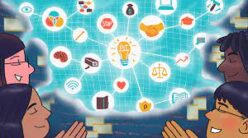

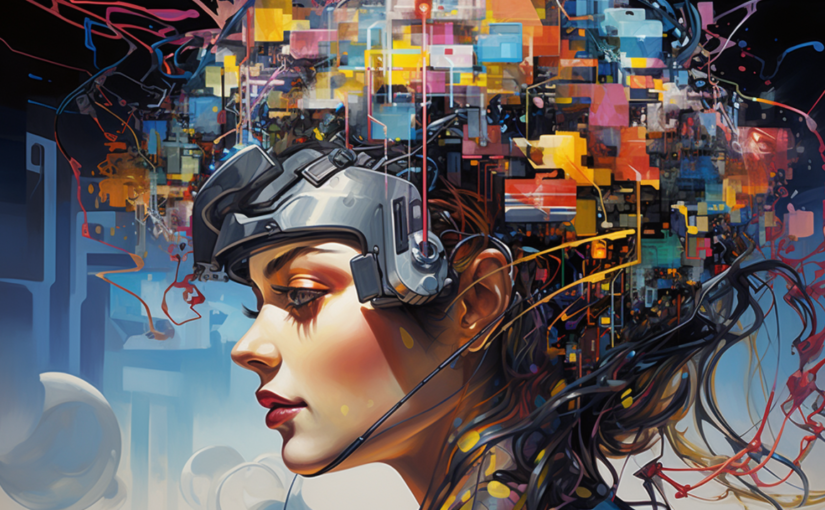
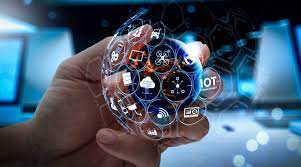

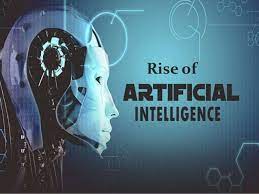 The Rise of Artificial Intelligence
The Rise of Artificial Intelligence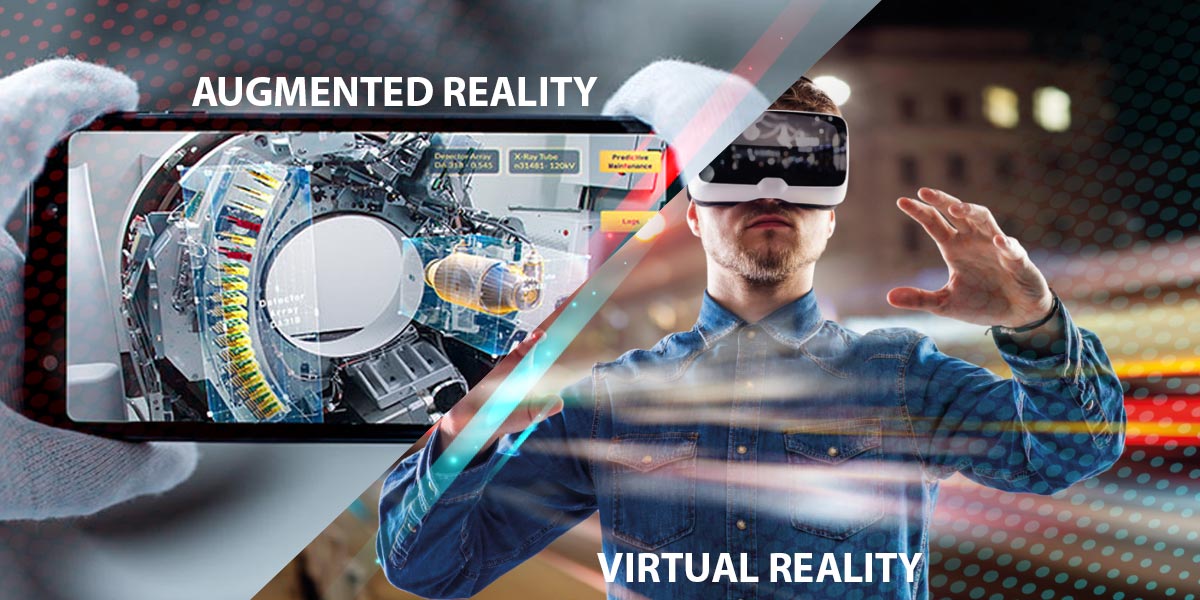 Augmented Reality and Virtual Reality
Augmented Reality and Virtual Reality
 Personalized Product Recommendations
Personalized Product Recommendations Virtual Try-Ons and Augmented Reality
Virtual Try-Ons and Augmented Reality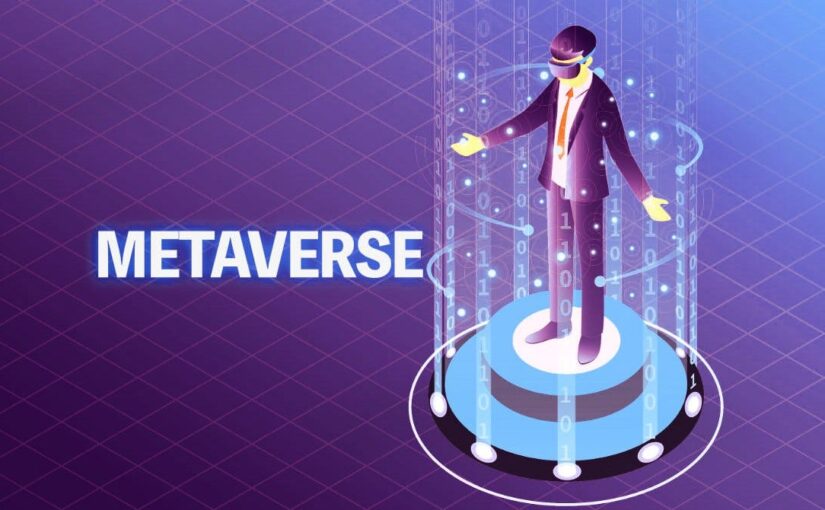
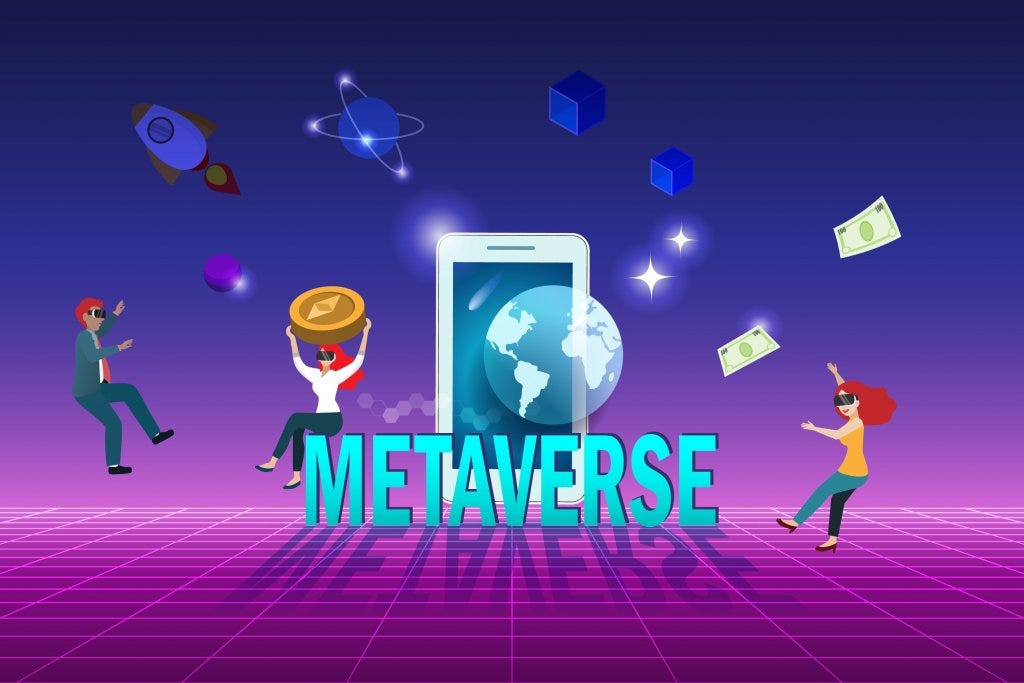 Unveiling the Metaverse
Unveiling the Metaverse Impact on Social Interactions
Impact on Social Interactions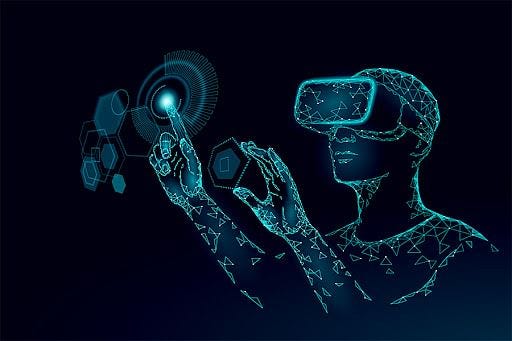
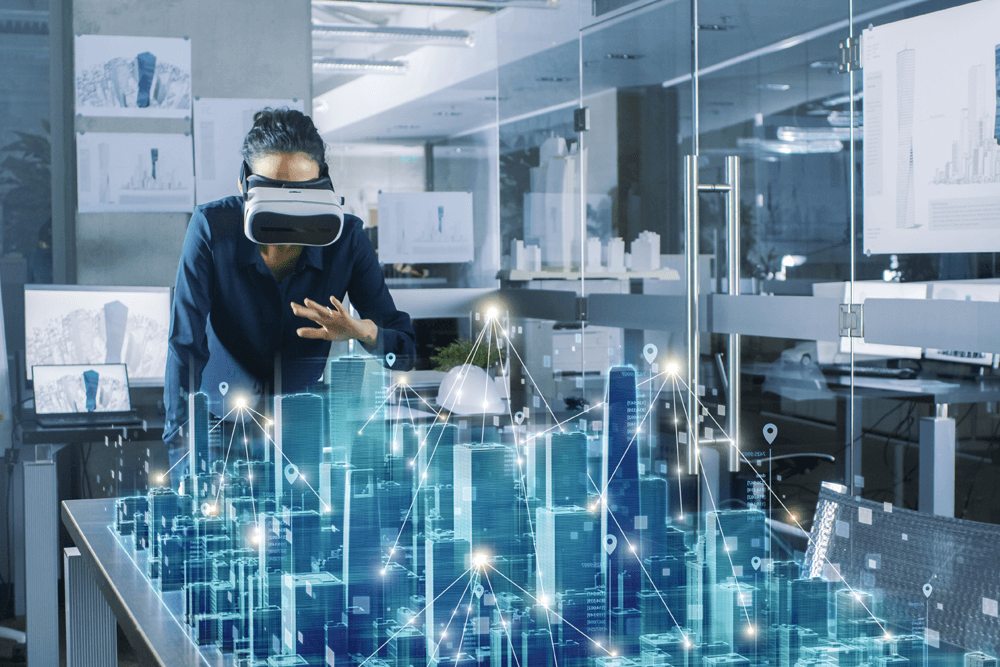 The Sci-Fi Seeds
The Sci-Fi Seeds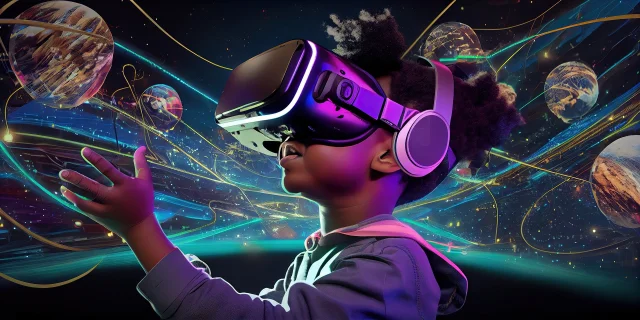 Virtual Reality: Immersion Unleashed
Virtual Reality: Immersion Unleashed